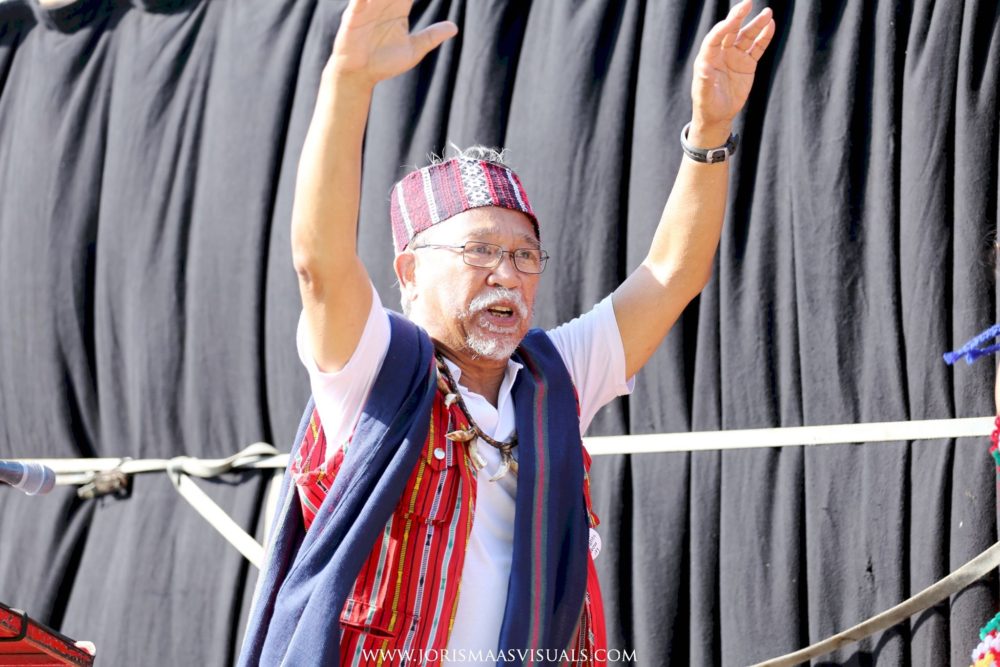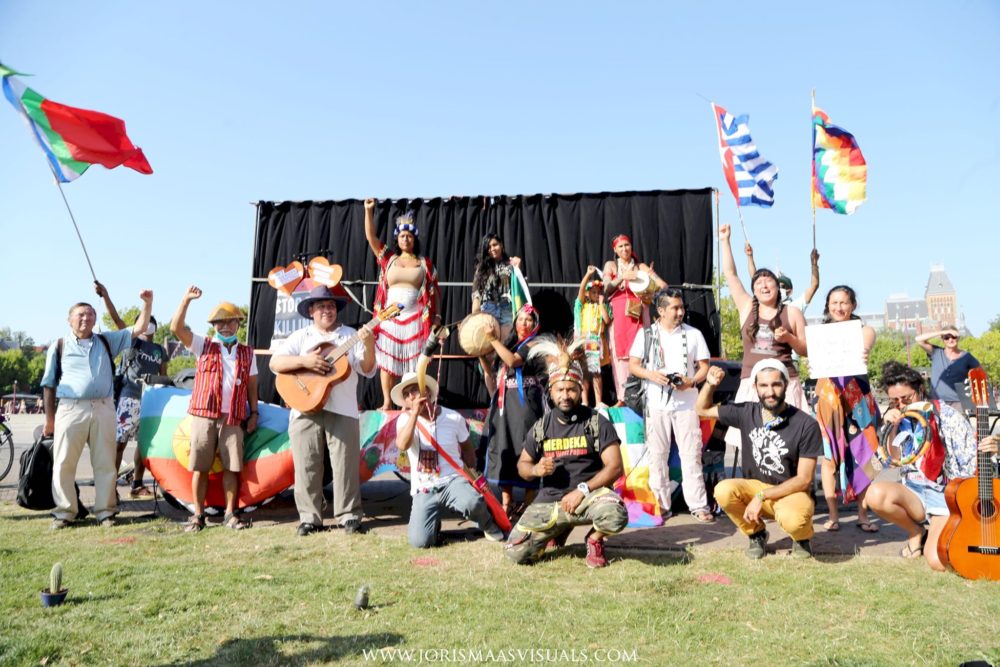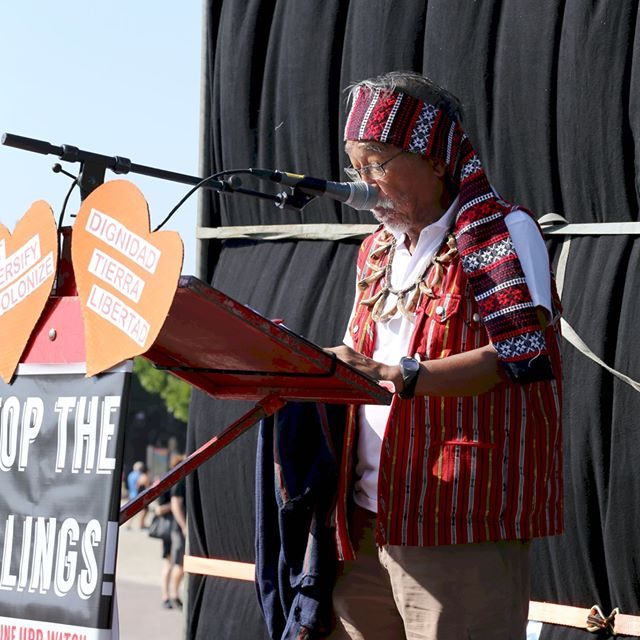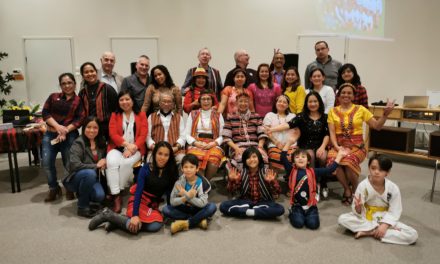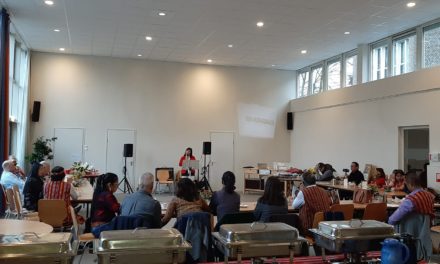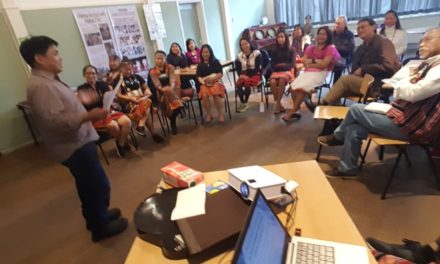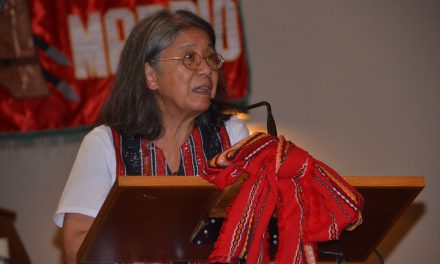A speech delivered by Rev. Cesar Taguba during the celebration of the International Day of the World’s Indigenous People held at Museumplein in Amsterdam on August 9, 2020
Comrades and friends,
It is right and proper for us to celebrate the International Day of the World’s Indigenous Peoples (IDWIP). That the Covid-19 pandemic did not deter us from coming together is a testimony of our unity and hope in the liberation of IPs from oppression and exploitation. The IDWIP was declared by the United Nations to recognize the initiatives of IPs in the drafting of the UN Declaration of the Rights of Indigenous Peoples (UNDRIP), which was adopted by the UN General Assembly in 1990. We thank Dutch NGOs and institution in facilitating our trips to Geneva for the drafting of the declaration.
UNDRIP is a milestone in the recognition of indigenous peoples right to their ancestral land and resources, culture and self-determination. However, it is non-binding. The monitoring task of the UN Special Rapporteur on IPs is limited or disregarded by UN member.
The Philippines is a signatory to the UNDRIP. However, it is the main institution that sustains and exacerbates national oppression of IPs through:
- Unjust state laws-Mining Act 1995,
- “Development Aggression” ,
- Discrimination,
- Neglect of the health, education and social welfare,
- Commercialization of our culture, and
- Militarization.
IPs in the Philippines succeeded in putting into the national agenda the issue of the right to self-determination. The Moro people waged arm struggle since 1972 for their right to self-determination, taking the form of secession then autonomy. The Igorots/Cordillera people and the Lumads of Mindanao popularized the call for autonomy..
Current Situation: Massive Plunder, Repression
The most pressing issue of IPs in the Philippines is that of survival. Vast tracts of their remaining ancestral land are made available to foreign and local mining, logging, plantation corporations causing massive environmental pollution of the waters and soil, hence, the destruction of the forest. IPs and their allies who resist have now become the targets or victims of state terrorism-forced evacuation, red-tagging, harassment, illegal detention, extra-judicial killings, disappearances, bombings, etc.
Where lies our hope?
- The indigenous people persevere in their call for justice, end of state repression, and right to self-determination.
- The indigneous people strengthen their national unity and alliances to carry forward struggle in all forms: mass mobilization and campaigns, parliamentary/legal work, forging international relations and solidarity, reaching out to international bodies/agencies like the UN, ICC, EU, NGOs, and growing number of IPs supporting/joining the revolutionary armed struggle for fundamental change.
- The indigneous people diaspora are supporting the national and international movement for justice, self-determination, and liberation.
Hereby, I would like to demonstrate some Bendian dance steps. Bendian is one of our traditional dances as Igorot Cordillerans. Each step has its own meaning, including being a warrior, resistance, victory, protection, and sharing with the community.
Comrades and friends, STOP violence and killings! Long live the indigenous peoples’ struggle for decolonization, liberation and right to self-determination! Long live international solidarity!
